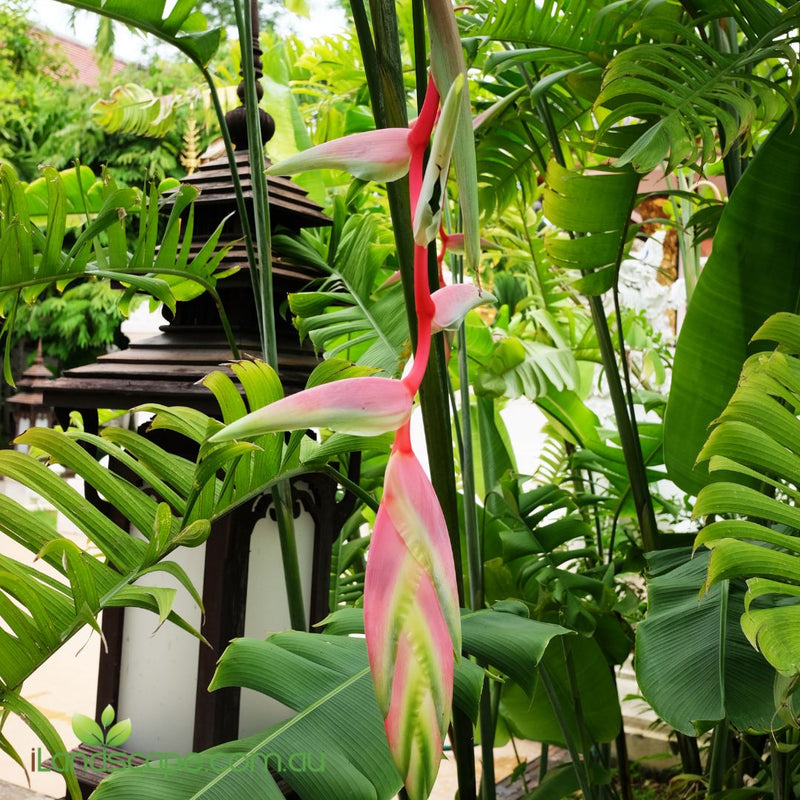
Top 10 Must-Have Tropical Plants for Queensland Gardens
Filters
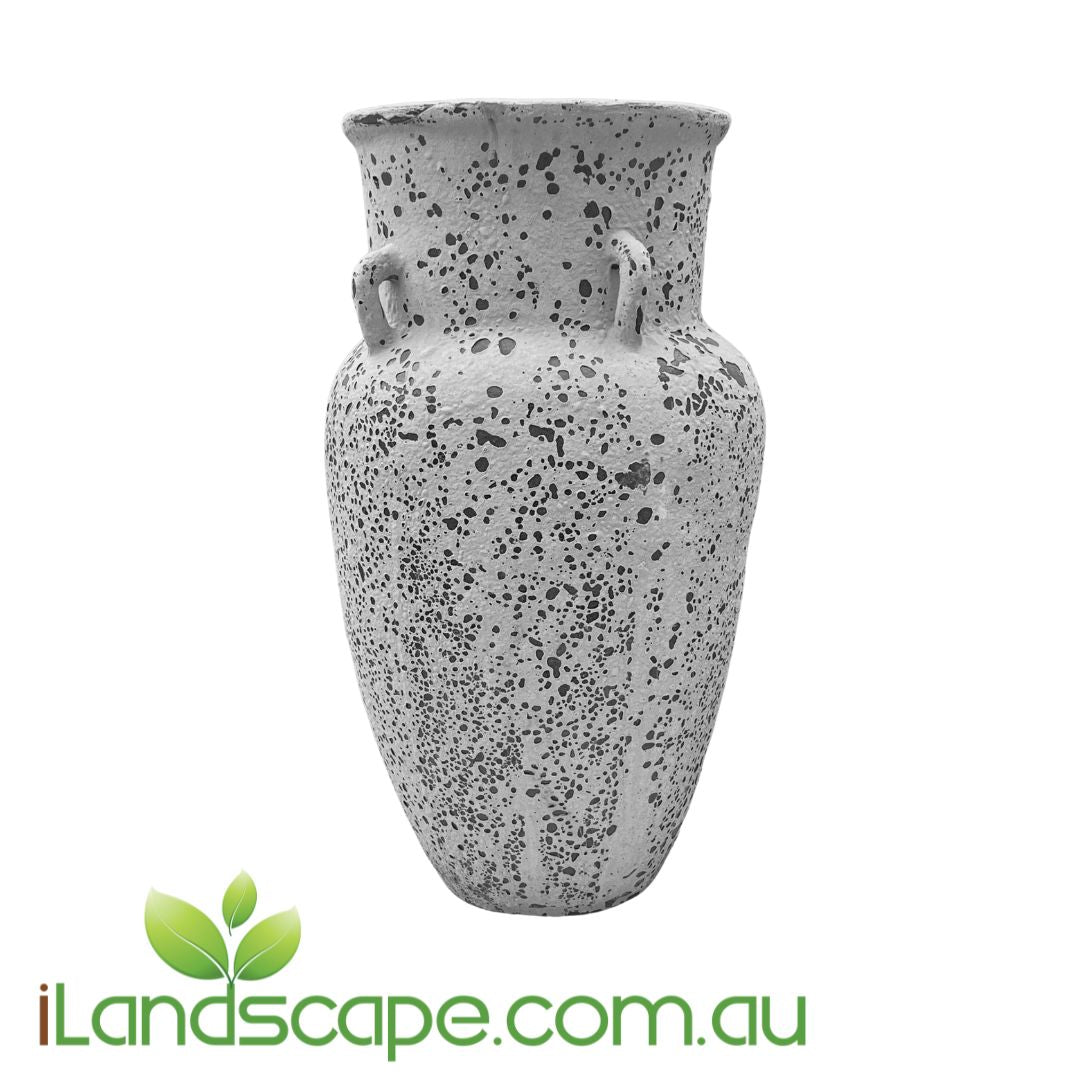
Ancient Babylon Urn
Ancient Babylon Urn Size - 57cm x 87cm High - 160L Colour - Ancient White

Ancient Bird Bath
Ancient Bird bath is available in Ancient White finish Size is 78cm x 74cm High
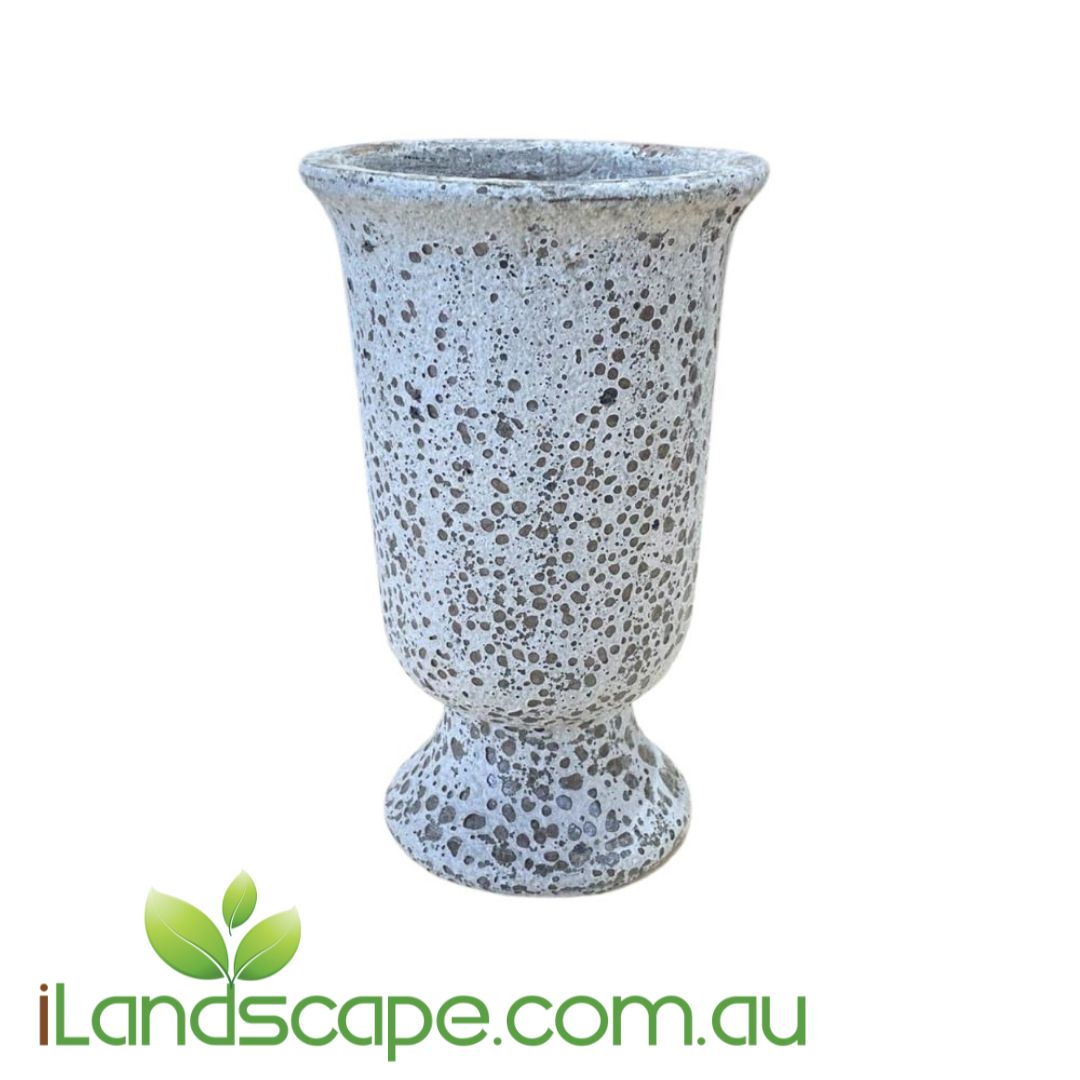
Ancient Chalis Pot
Ancient Chalis Pot is suitable for both indoor our outdoor planting projects. Available in 1 x size - 23cm x 35cm - 8L Colour - Ancient White
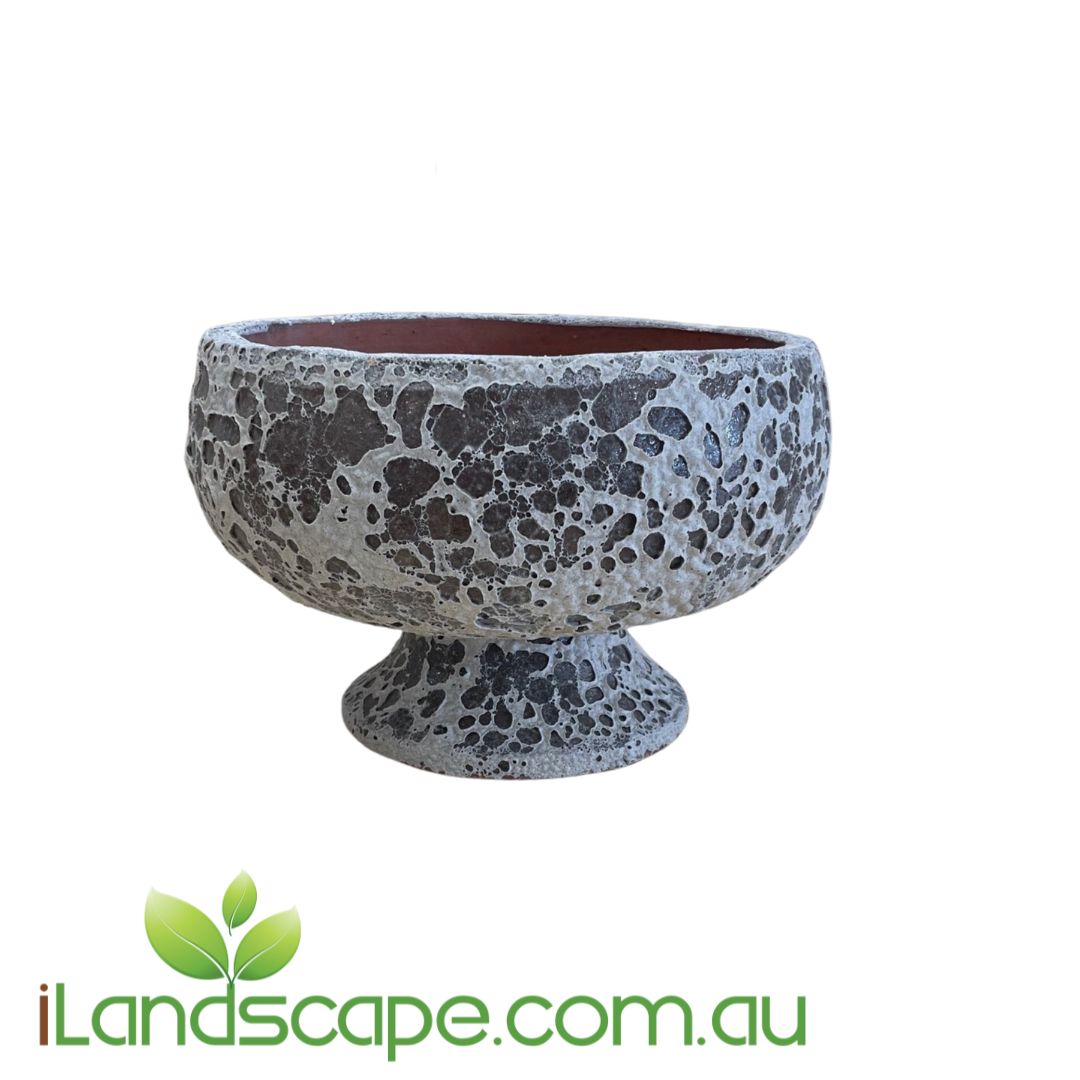
Ancient Champagne Bowl
Ancient Champagne Bowl is available in Ancient White and 1 x Size Size - 35cm x 25cm

Ancient Etna Urn
Ancient Etna Urn Size - 56cm x 90cm - 170L Colour - Ancient White
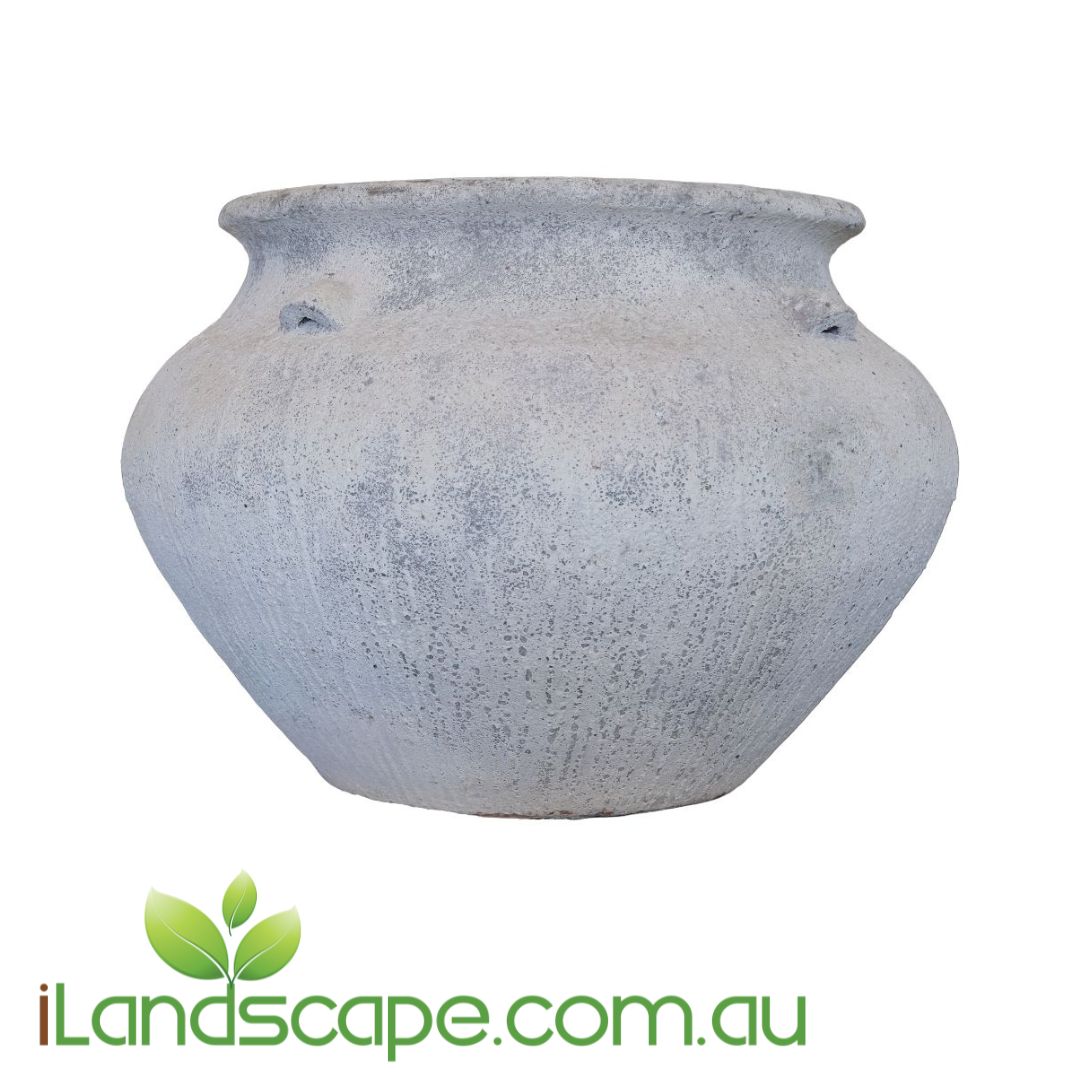
Ancient Grange Urn
Ancient Grange Urn Size - 108cm x 72cm - 400Lt Colour - Ancient White
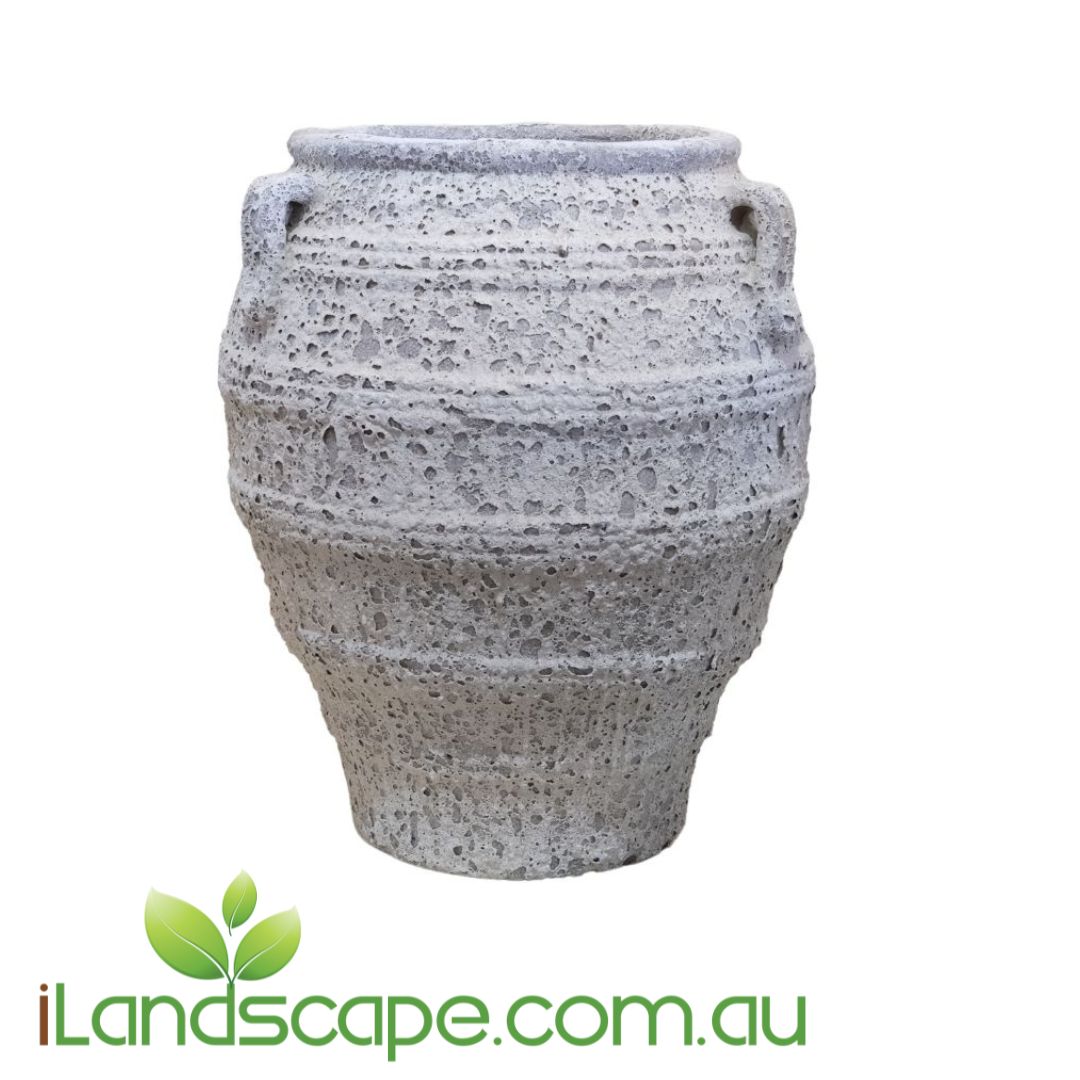
Ancient Pithari Urn
Ancient Pithari Urn is suitable for both outdoor planting and indoor plant staging. Available in 1 x Size Size - 57cm x 73cm -150L Colour - Ancient White
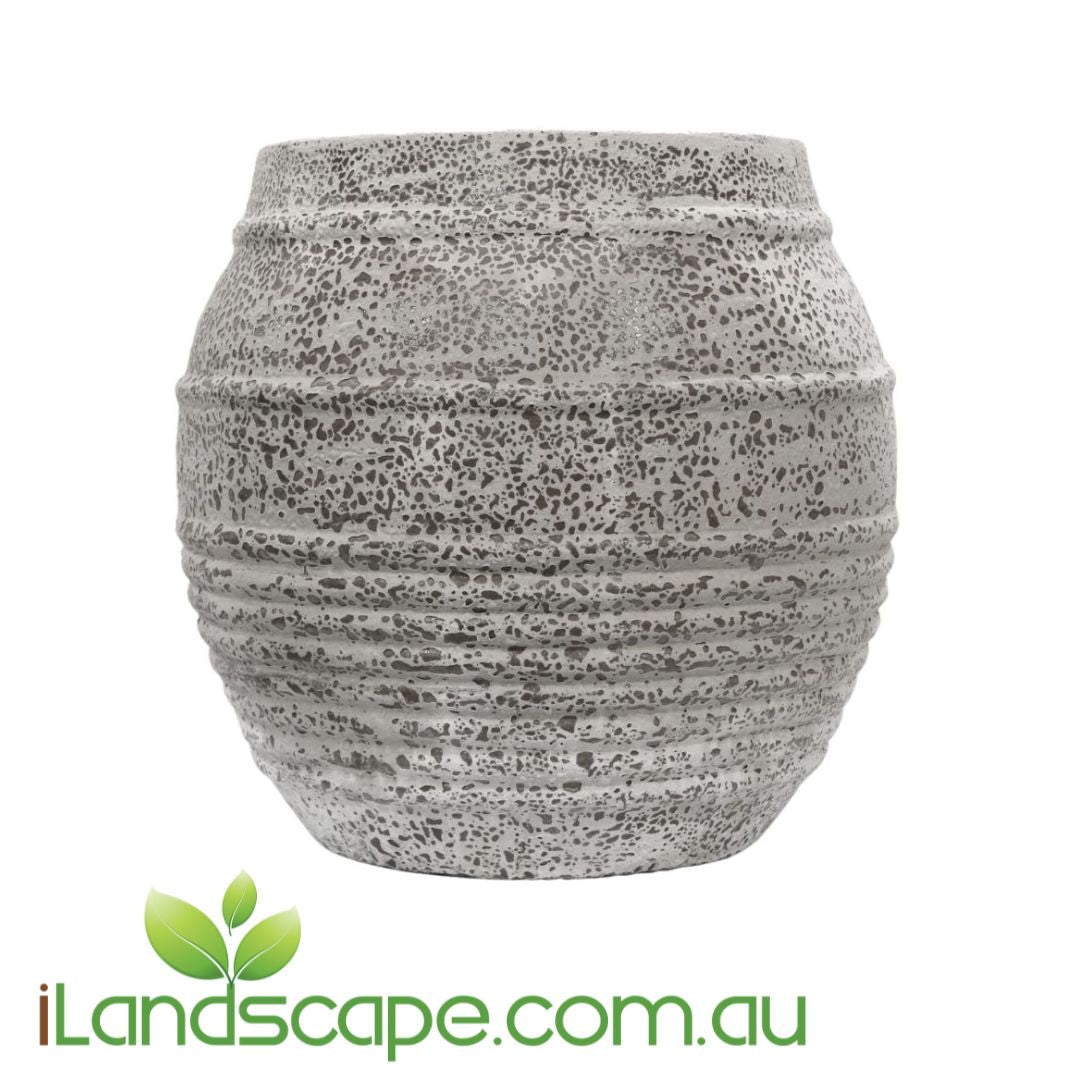
Ancient Pompeii Urn
Awesome huge Pot available in Ancient White finish Pot size - 76cm Wide x 83cm High
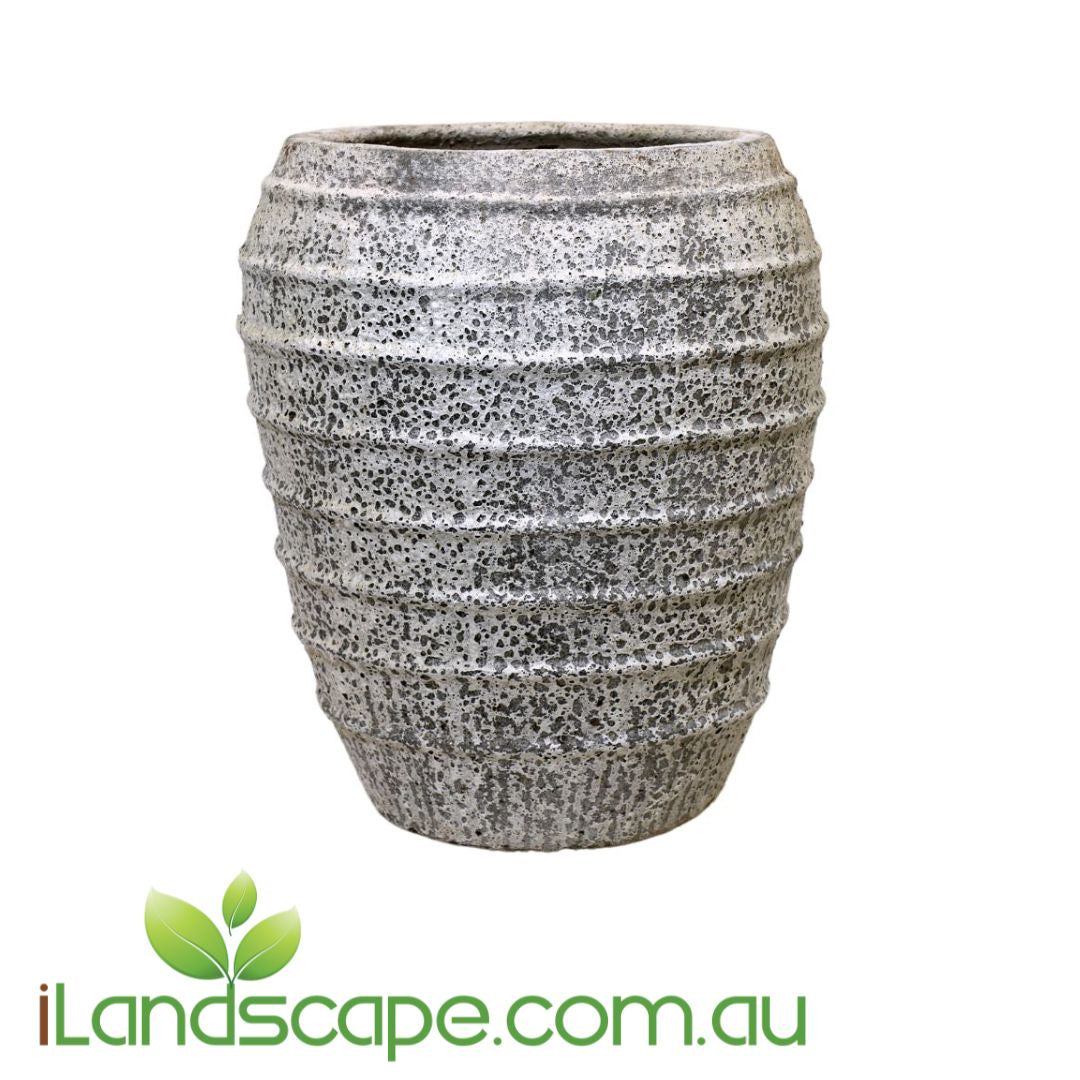
Ancient Saturn Urn
Ancient Saturn Urn is large format handmade ancient finihs urn planter pot that is suitable for both indoor staging and outdoor planting Size - 67cm x 78cm - 220L Colour - Ancient White
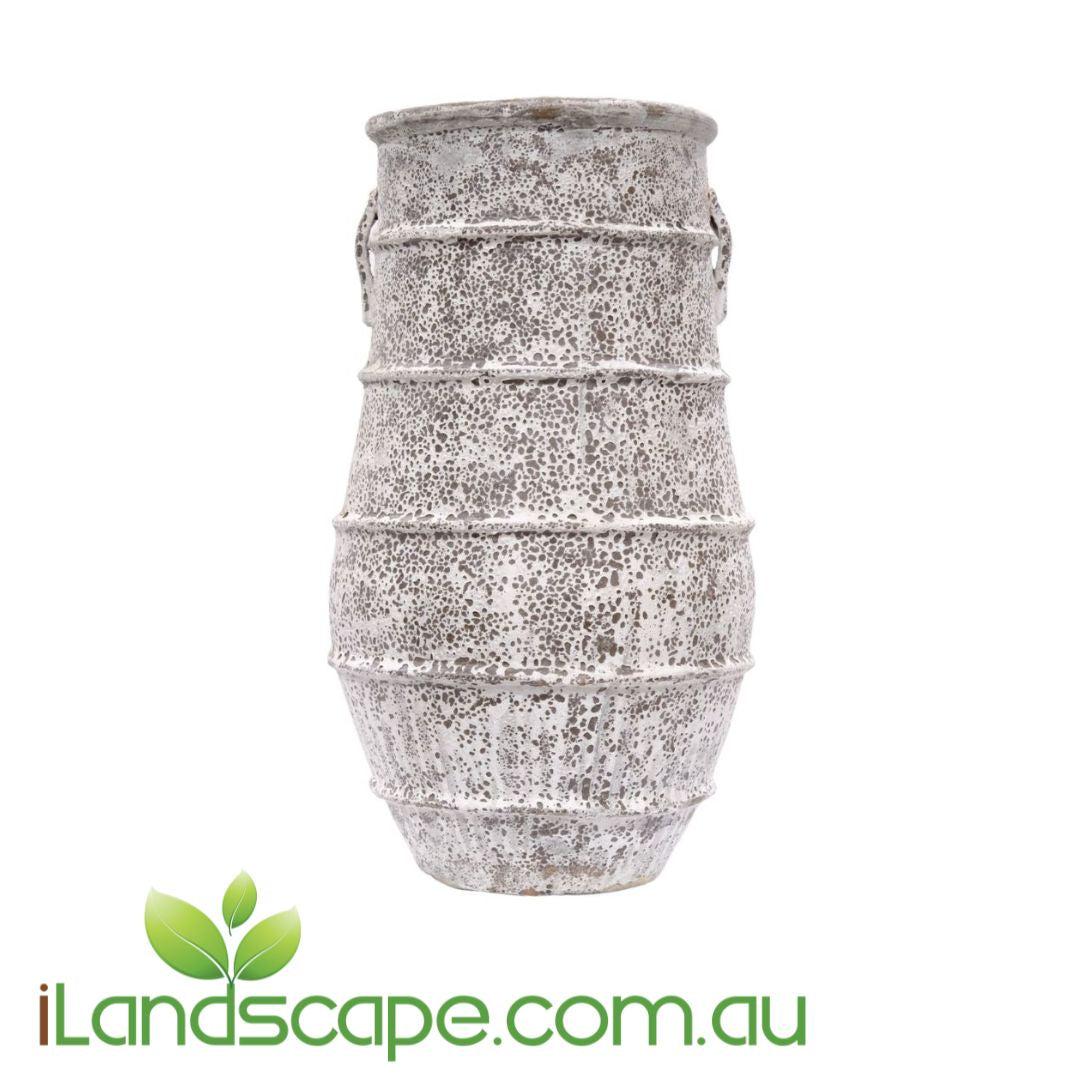
Ancient Vesuvius Urn
Ancient Vesuvius Urn Size - 55cm x 95cm High -180L Colour - Ancient White
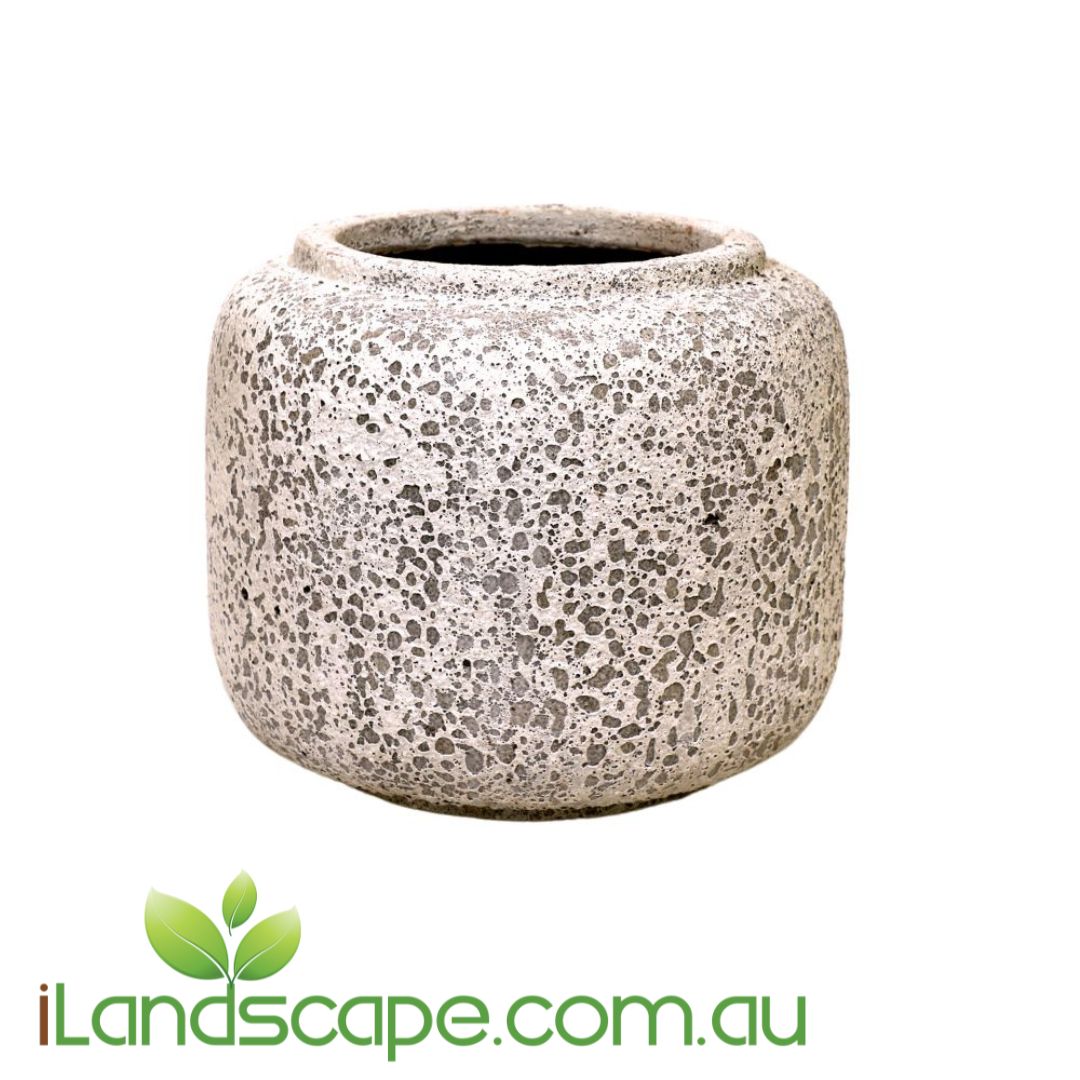
Ancient Vogue Squat Pot
Vogue Squat Pot is suitable for both indoor & Outdoor planting and is available in Ancient White colour in 1 x Size Size - 59cm x 50cm - 100L
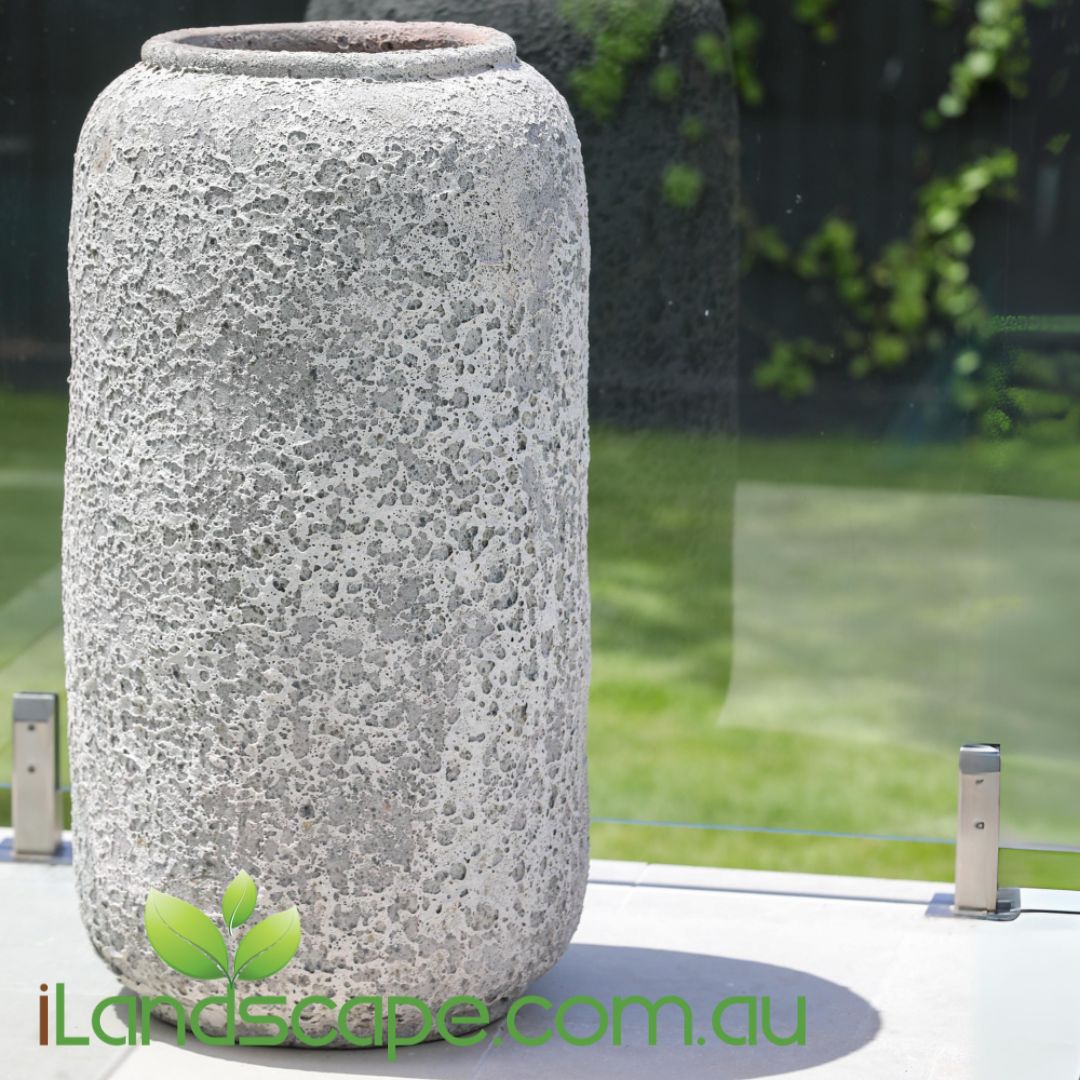
Ancient Vogue Tall Pot
Ancient Vogue Tall Pot Size - 52cm x 97cm - 160L Colour - Ancient White
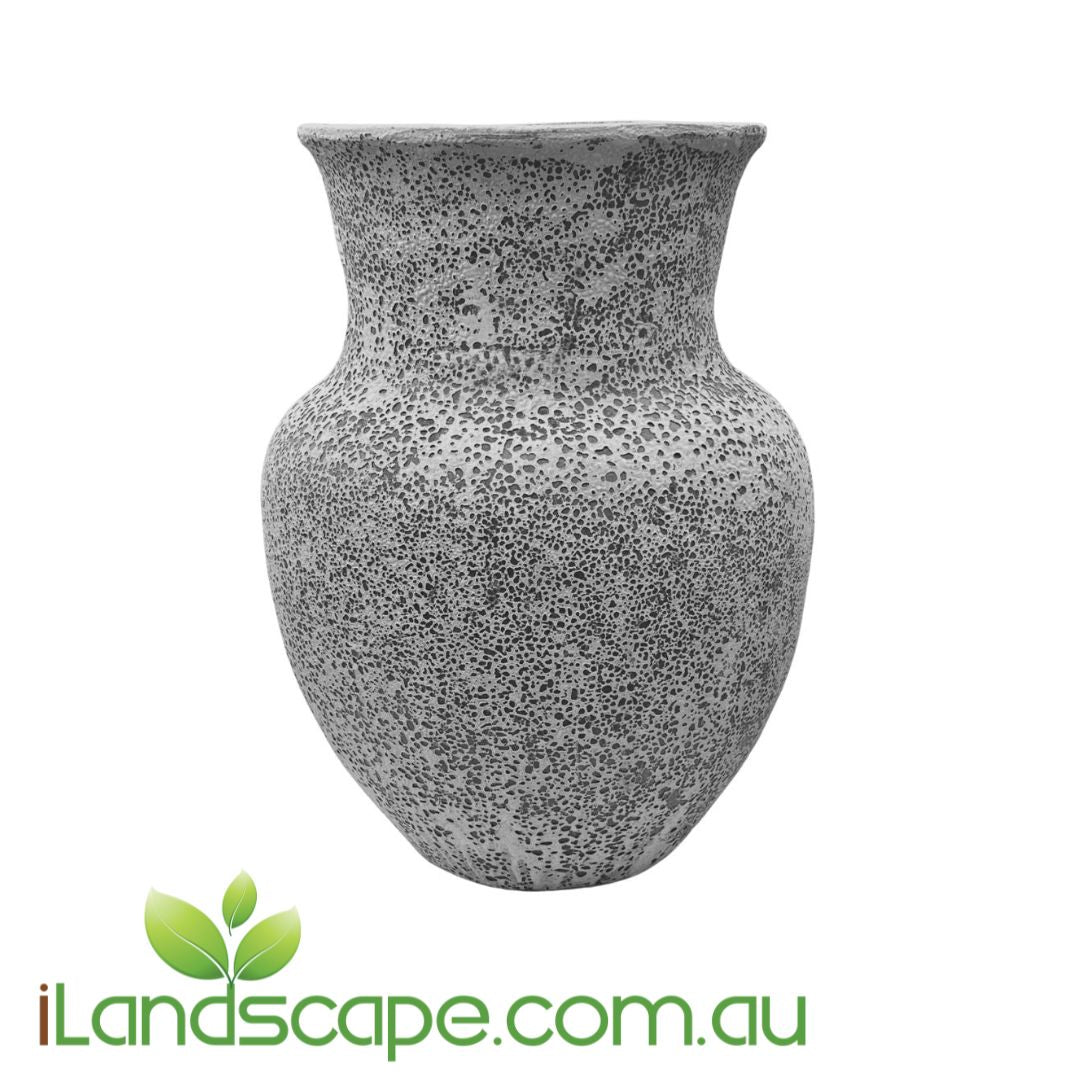
Ancient Wilston Urn
Ancient Wilston Urn is a large format Ancient Pot which is suitable for any planting application. Size - 83cm x 110cm High - 370L Colour - Ancient White